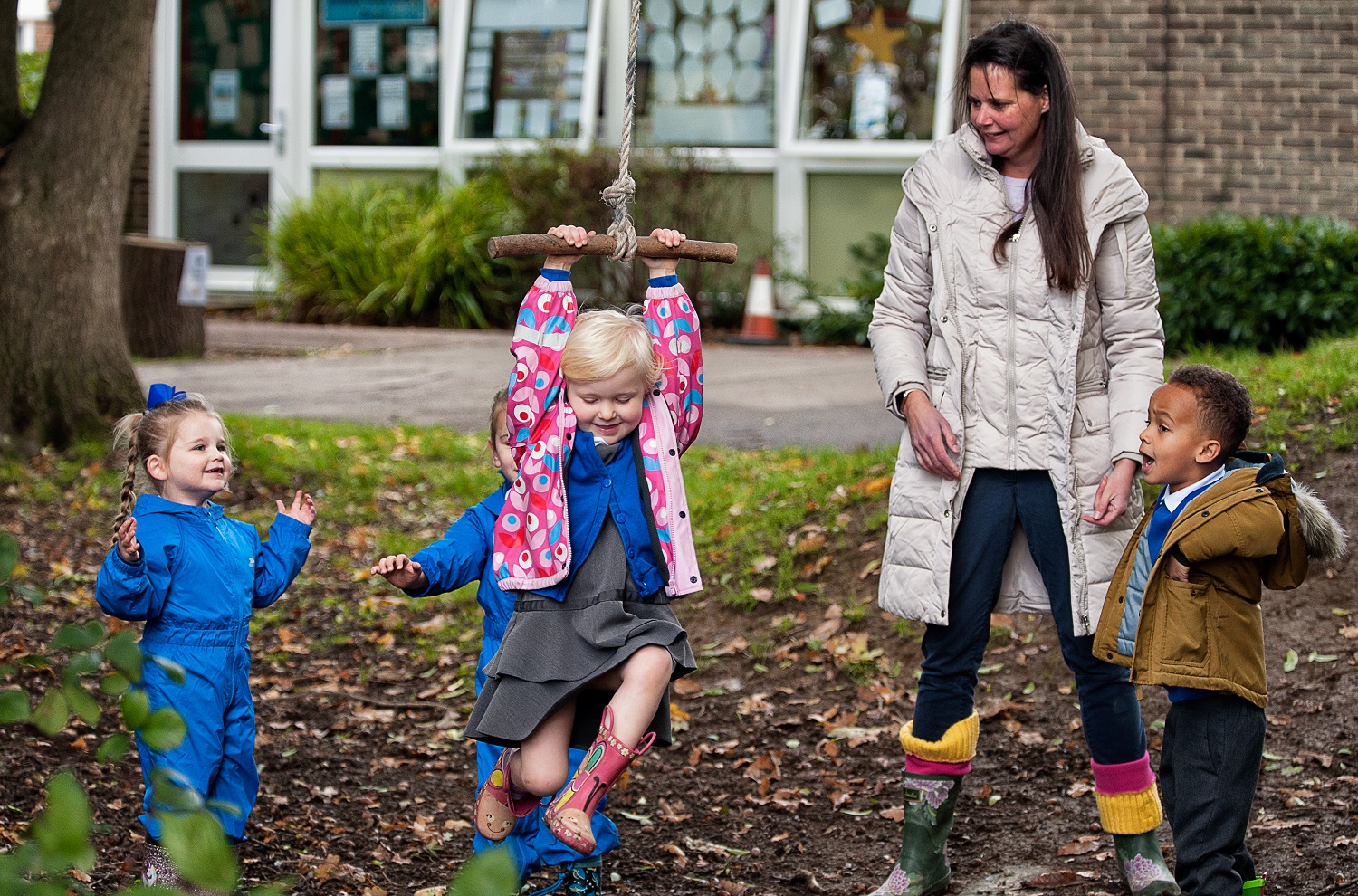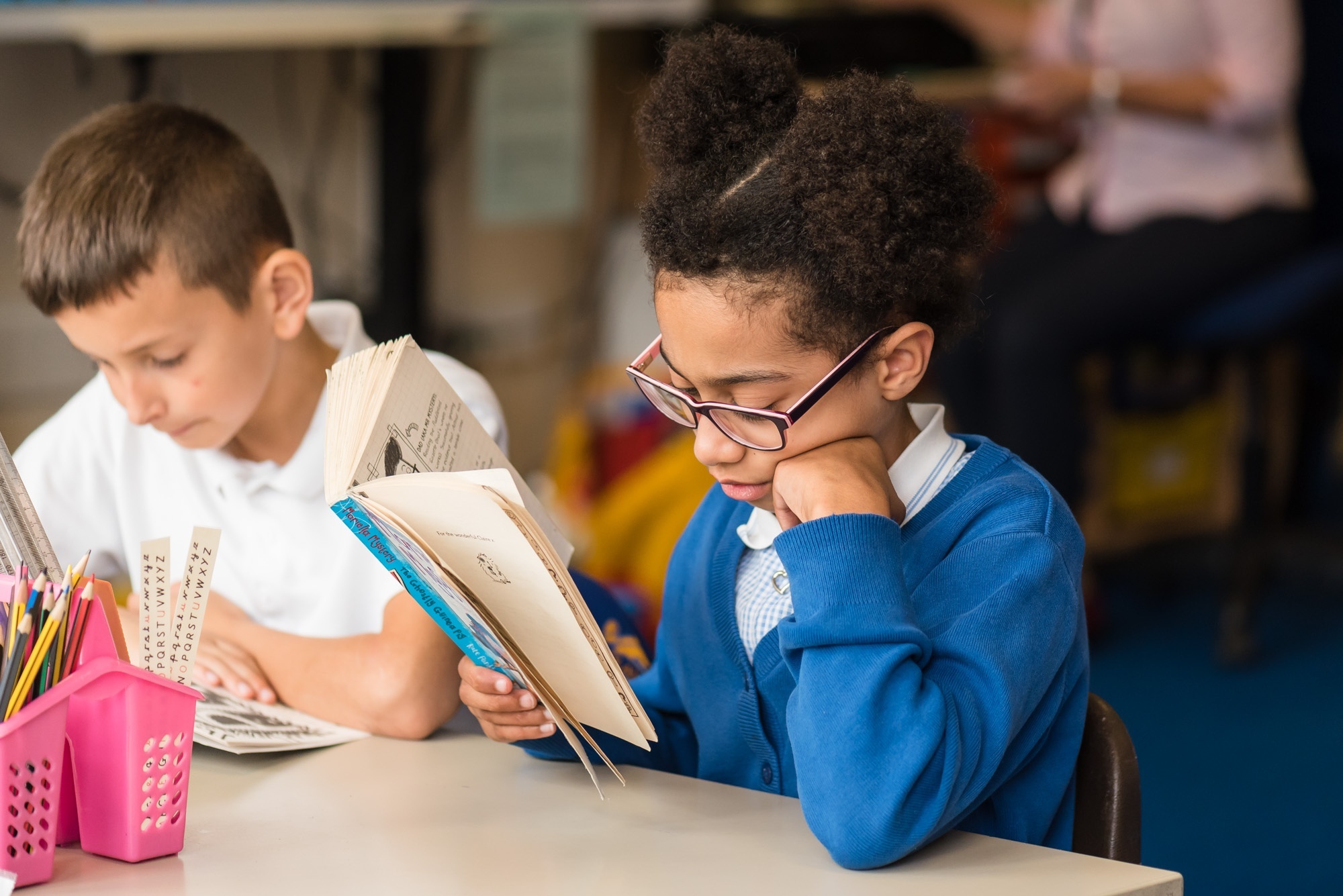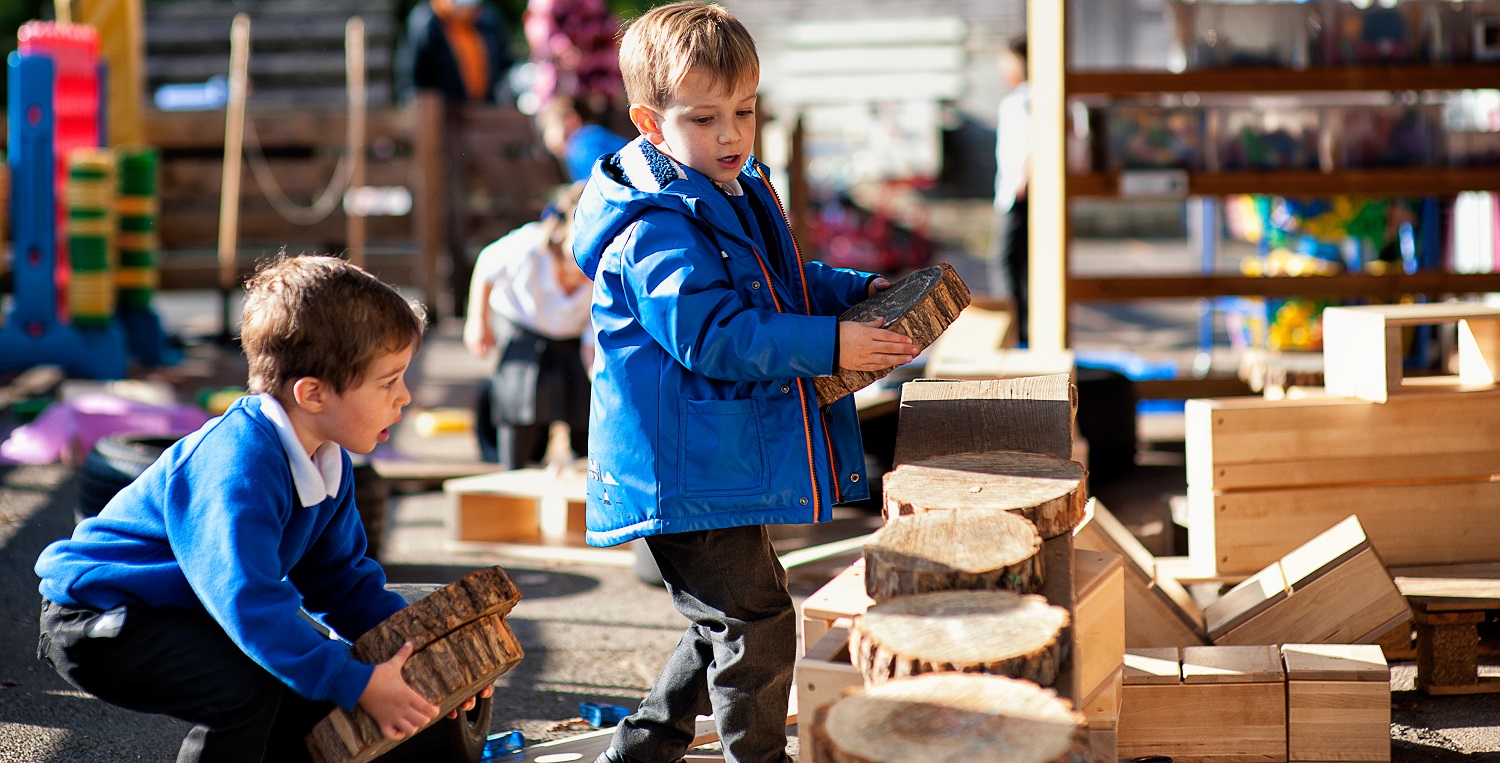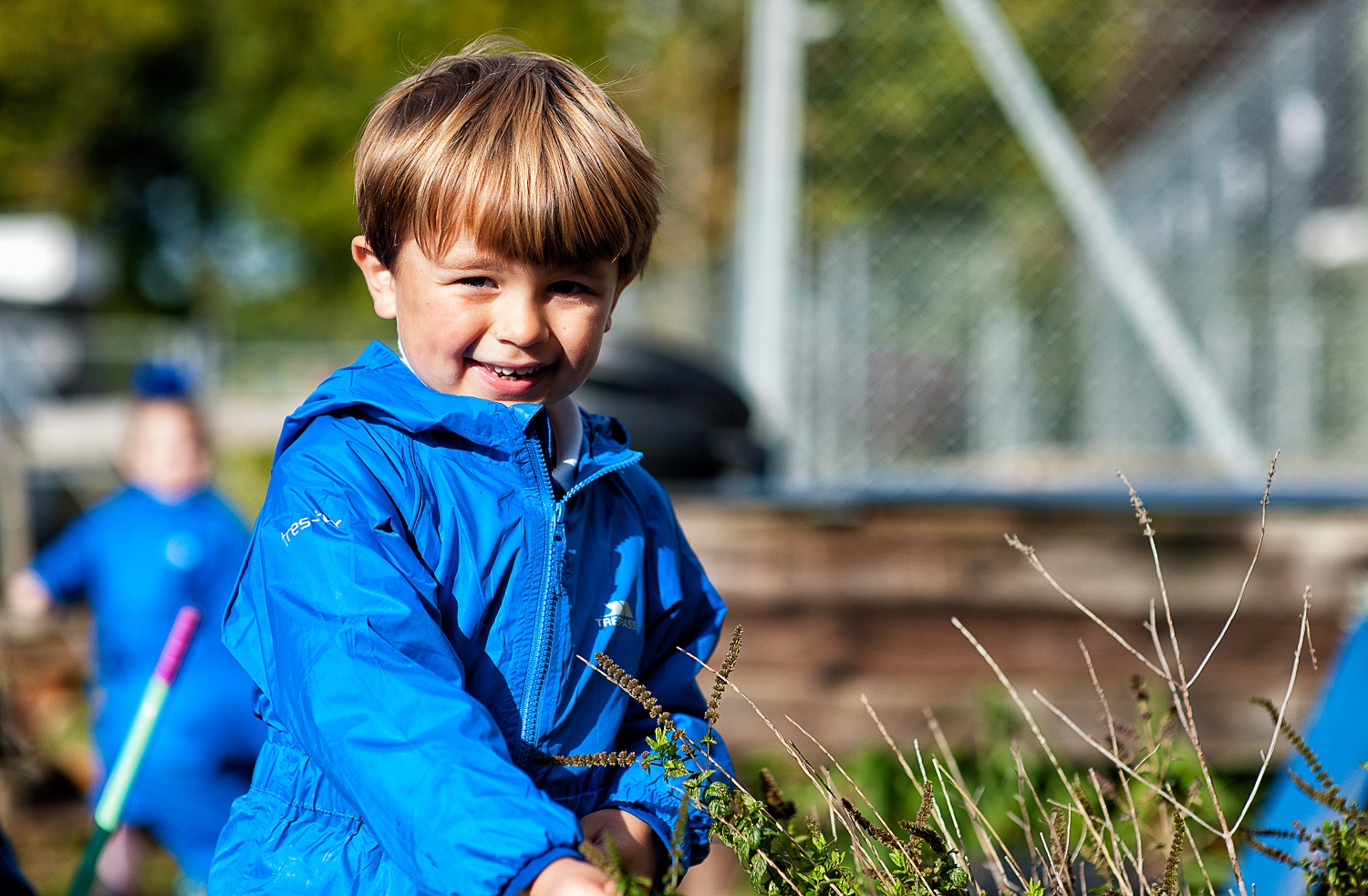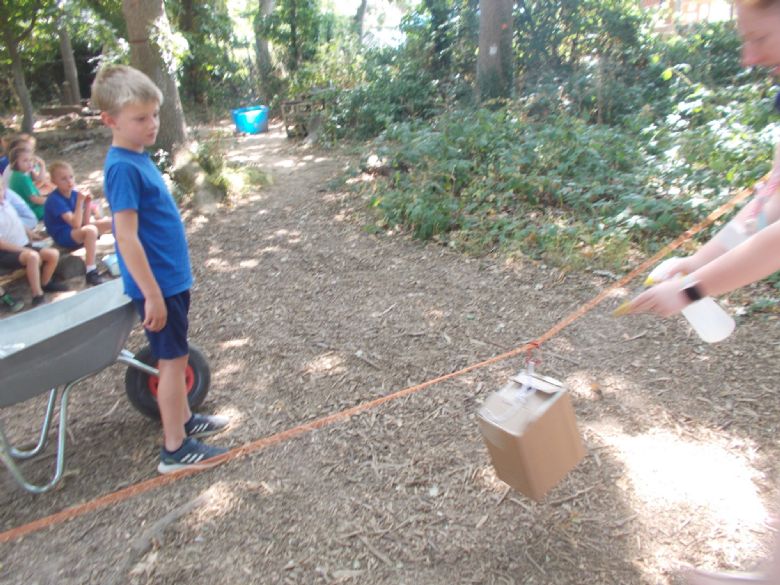Design and Technology
“The best way to predict the future is to create it.”
Peter Drucker
What do we want our DT curriculum to achieve?
At Woodlands, our Design and Technology (DT) curriculum is designed to inspire creativity and innovation. We aim to equip children with the skills and knowledge to understand and influence the designed world around them. By focusing on the principles of user, purpose, function, innovation, authenticity and design decisions, we encourage pupils to think critically and explore various aspects of DT, including materials, mechanisms, structures, textiles and food technology.
Why is DT important to us?
DT is an integral part of everyday life and we want our students to appreciate its significance. Understanding design and technology could play a crucial role in their futures, potentially informing their career paths and helping them to build and shape the world around them. We firmly believe that it is essential for children to grasp how design and technology have revolutionised our daily lives and are key to shaping the future. Understanding the user and purpose of designs helps pupils create meaningful and functional products. Recognising the importance of function and innovation prepares children for the future, fostering essential skills for personal and professional growth.
How does the curriculum structure support our aims?
Our DT curriculum provides pupils with hands-on, practical experiences. Through a range of well-planned and structured activities, children develop key skills and knowledge, always considering the user, purpose, and function of their projects. We encourage them to ask questions and engage in projects that solve real-world problems, emphasising innovation and authenticity. Our spiral curriculum revisits topics over multiple years, allowing pupils to build on prior knowledge and deepen their understanding while making informed design decisions. This includes revisiting fundamental skills in sewing, enabling children to refine their techniques and apply these skills in increasingly complex projects.
How do we make DT real and meaningful for our children?
We aim to make DT meaningful by mirroring real-life experiences wherever possible, allowing children to develop their hands-on skills through a variety of practical projects using materials that would best suit the challenge. By connecting our curriculum to the local environment, we provide pupils with varied and first-hand experiences that deepen their understanding of the world around them. To complement and broaden the curriculum, we offer a variety of experiences in different contexts. For example, Year 5 and Year 6 pupils complete part of their cooking and nutrition learning at Hugh Christie Secondary School, providing them with access to better facilities and enhanced opportunities for learning about nutrition. Year 2 and 3 attend cooking workshops using the schools’ kitchens to make bread and pasta. In all units, we emphasise the importance of designing projects with a specific function, purpose and user in mind. This approach ensures that the projects are meaningful and purposeful. Whenever possible, we also test our projects against the design criteria and with the intended user. This ensures they meet their objectives and allows children to observe their projects within the context for which they were designed.
How do we develop DT skills?
Our design and technology lessons are carefully sequenced to enable children to build upon their DT knowledge as they progress. At each stage, children are immersed in rich DT vocabulary that is taught discretely, built upon progressively and revisited regularly. The learning activities also develop the children’s practical skills in line with the National Curriculum. Specifically, the children will be supported to plan, design and create projects, select appropriate materials and tools, measure and assemble components, test and refine their work and communicate their design process and outcomes. As the children’s knowledge and understanding increase, they develop a growing ability to draw conclusions based on real evidence and user feedback. Throughout our teaching, we encourage children to ‘think like a designer’ by developing their creativity, problem-solving skills and willingness to adapt their ideas in light of new insights.
How do we use assessment in DT?
Assessment in design and technology is an ongoing process, integrated throughout the curriculum and used by teachers to evaluate pupils’ understanding of key concepts. In the classroom, teachers create opportunities for assessment through class discussions and focused tasks, both practical and written. These observations help teachers plan future learning. Due to the practical nature of DT, hands-on projects and discussions allow teachers to identify and correct misconceptions as they arise. This may involve re-teaching certain elements, providing additional support or updating future lesson plans. Our year group leads and DT lead will also conduct pupil voice sessions and review pupils’ work to ascertain how well vocabulary and knowledge have been retained over time. After triangulating this information, the DT subject lead may decide to update planning, support teachers with planning or pedagogy, involve the inclusion team if issues pertain to pupils with SEND, review curriculum sequencing or evaluate the effectiveness of the retrieval activities.
How do we promote inclusivity and challenge in DT?
It is essential that all our pupils’ access and learn effectively in our DT lessons across the school. This involves setting suitable learning challenges, responding to pupils' diverse needs and overcoming potential barriers to learning and assessment for individuals and groups. Teachers use a range of adaptive strategies to meet the needs of our pupils, effective across all subjects. Additionally, we utilise specific adaptations for DT to support pupils with SEND. For example, we use practical activities to engage children and allow them to explore first-hand, such as hands-on projects in the classroom. DT vocabulary can be challenging and unfamiliar to many children. We use word banks and images to support children’s understanding and learning, as well as pre-teaching key vocabulary. Repetition and reinforcement help pupils with SEND retain key concepts in the long term, achieved through retrieval activities.
Take a look at the creative outcomes from our different year groups.
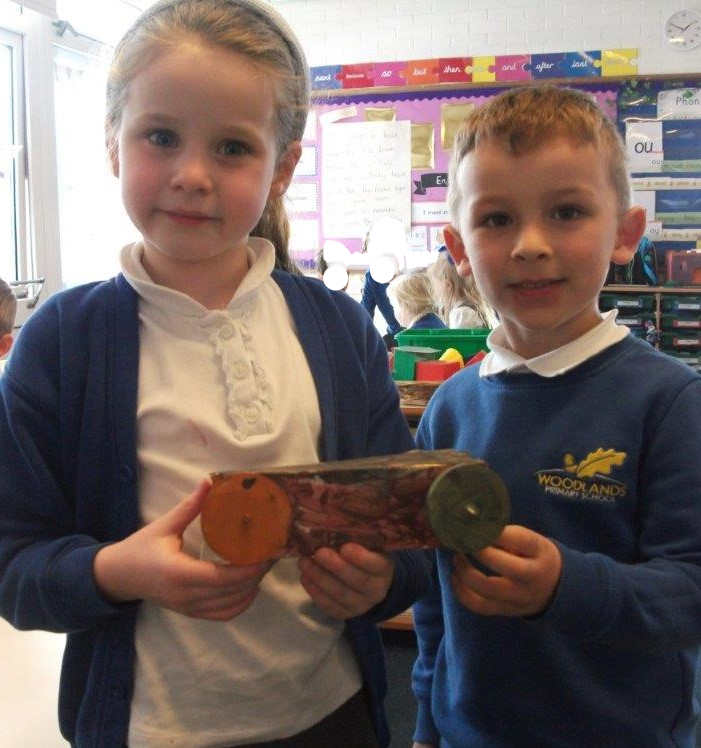


Year 1 - To make a model vehicle that moves using a wheel and axle mechanism.
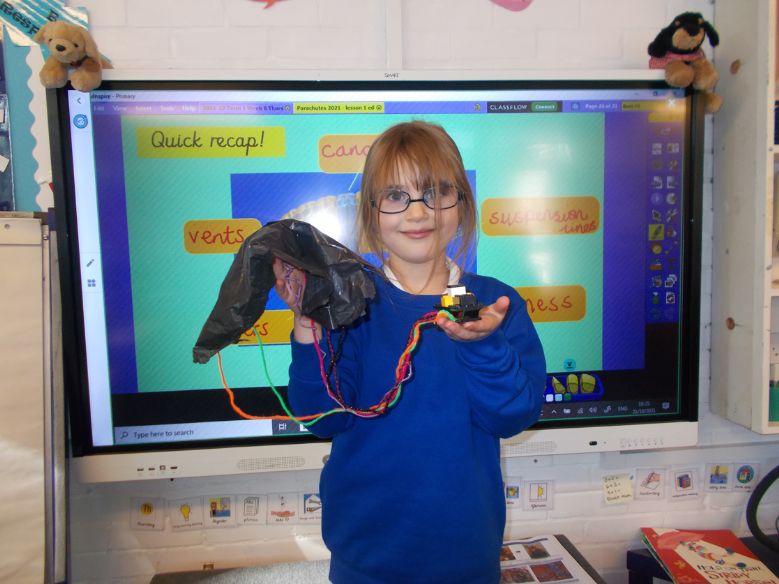

Year 2 - To design and make a parachute that will safely land a toy Lego rocket when it is dropped from a height.
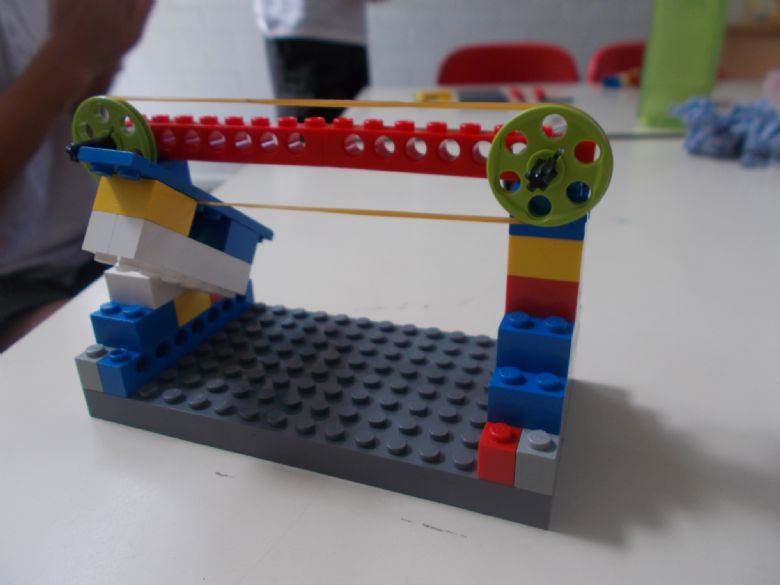
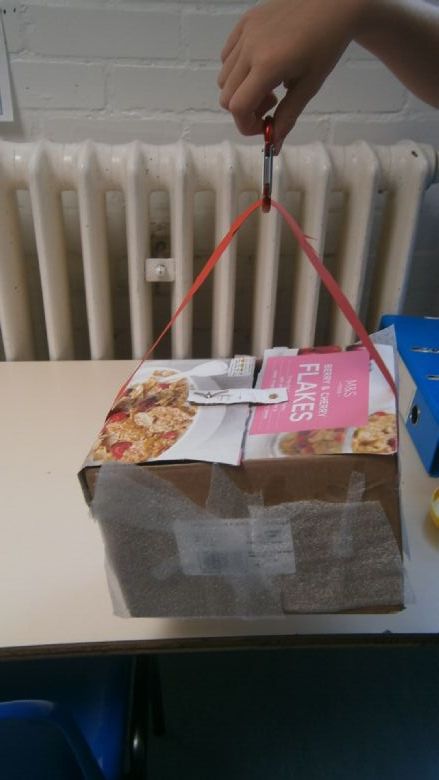
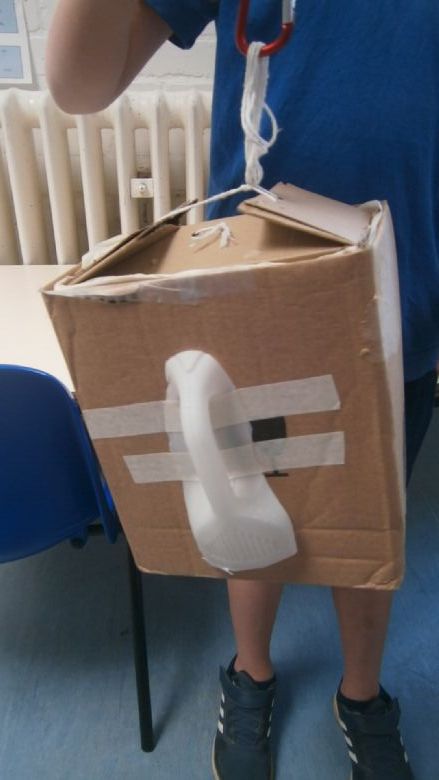
Year 2 - This topic is linked to the story 'The Lighthouse Keeper's Lunch'. To design and make a model lunch box that will safely carry Mr Grinling's lunch along a wire (simulated attack from rain and seagulls).

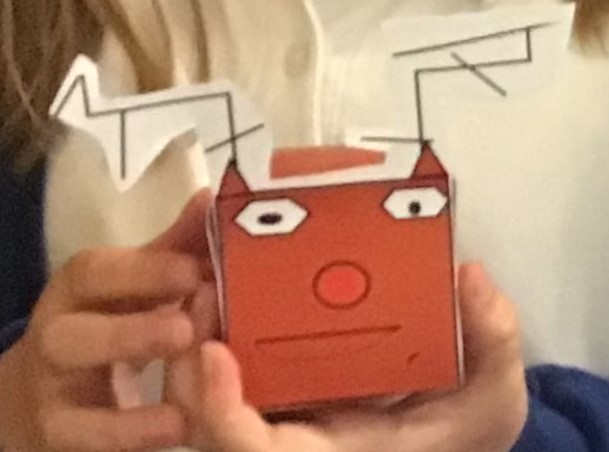
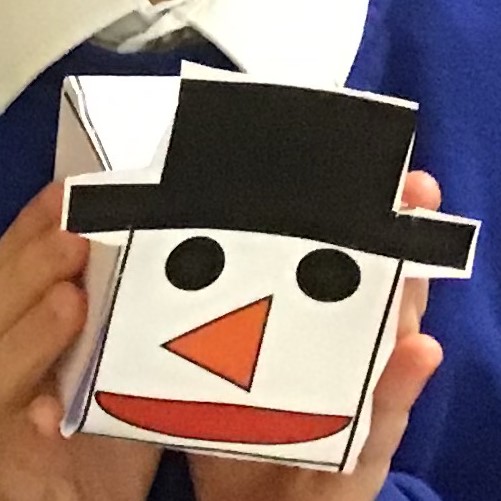
Year 3 - To design and make a Christmas gift box
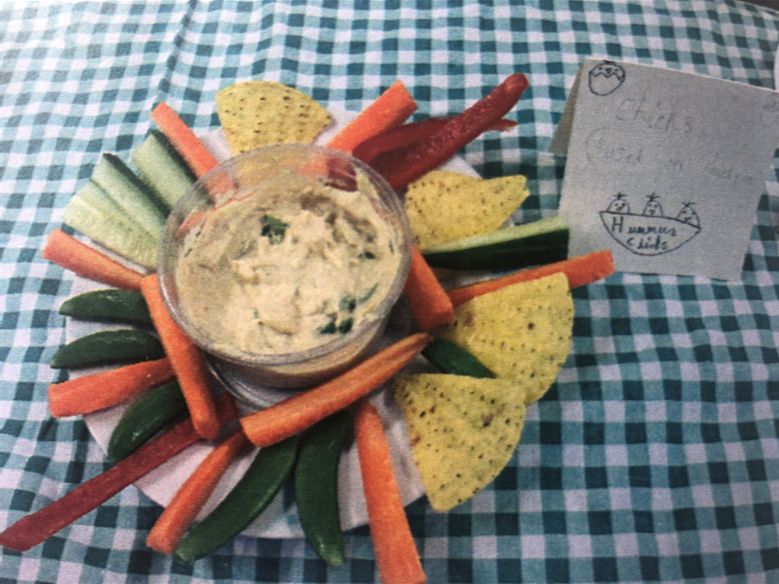
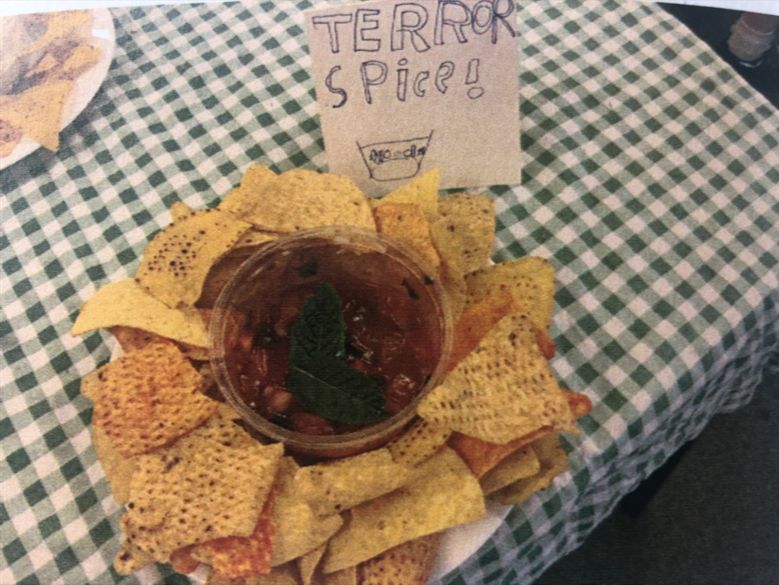
Year 3 - To design and make a healthy dip.

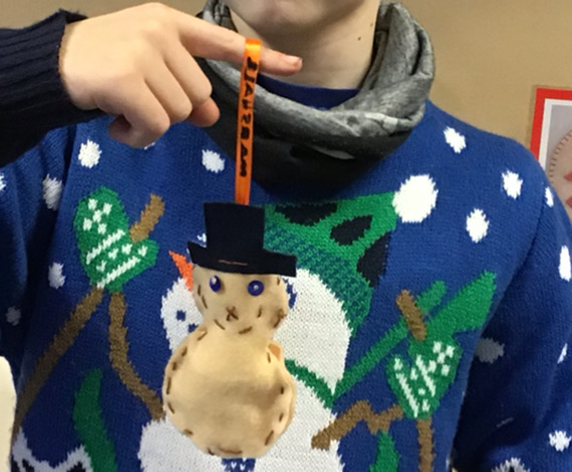
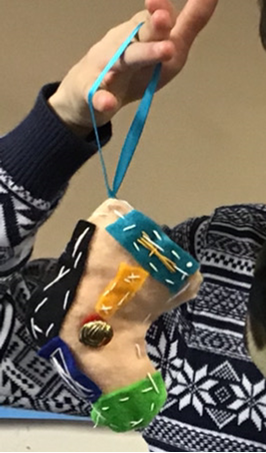
Year 4 - To design and make a fabric decoration for a Christmas tree. The decoration should be attractive and reflect the Christmas season.

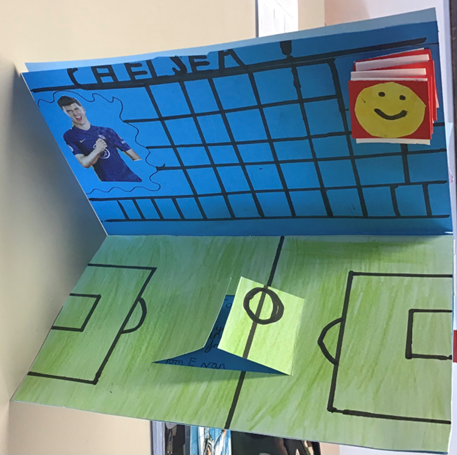

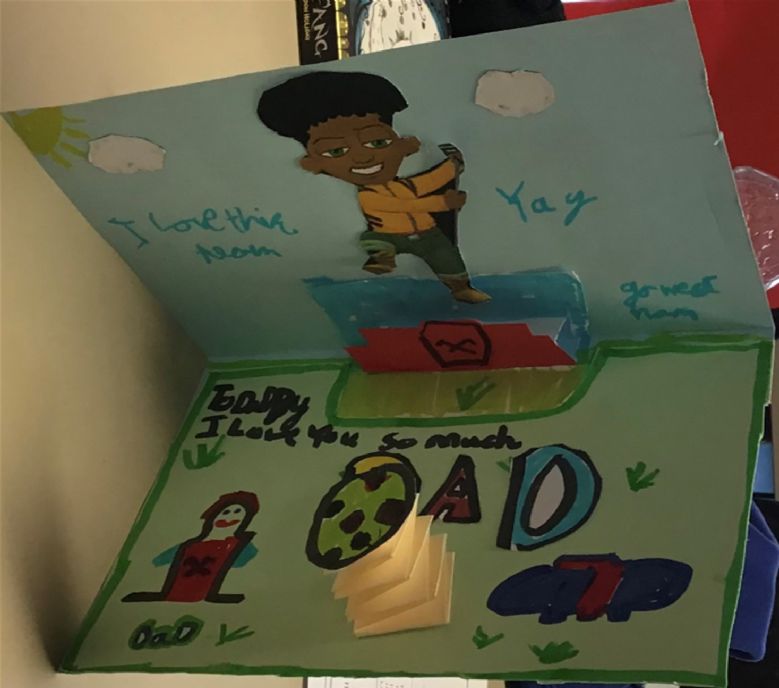
Year 4 - To design and make a Pop-up Greeting card that uses different card mechanisms to create different sorts of movement. You will need to research the interests of the person who will receive the card and use a graphic style that will appeal to them.
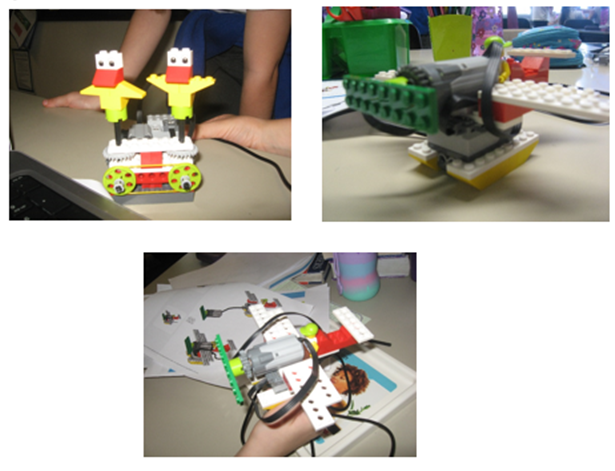
Year 5 - To create a Lego model that can be controlled by a computer program.




